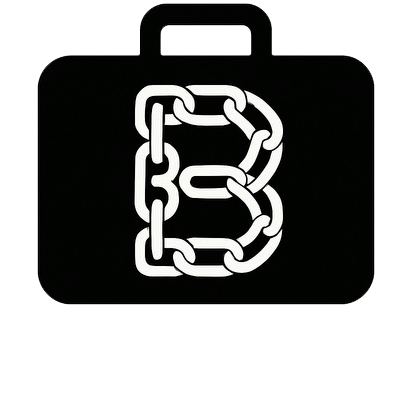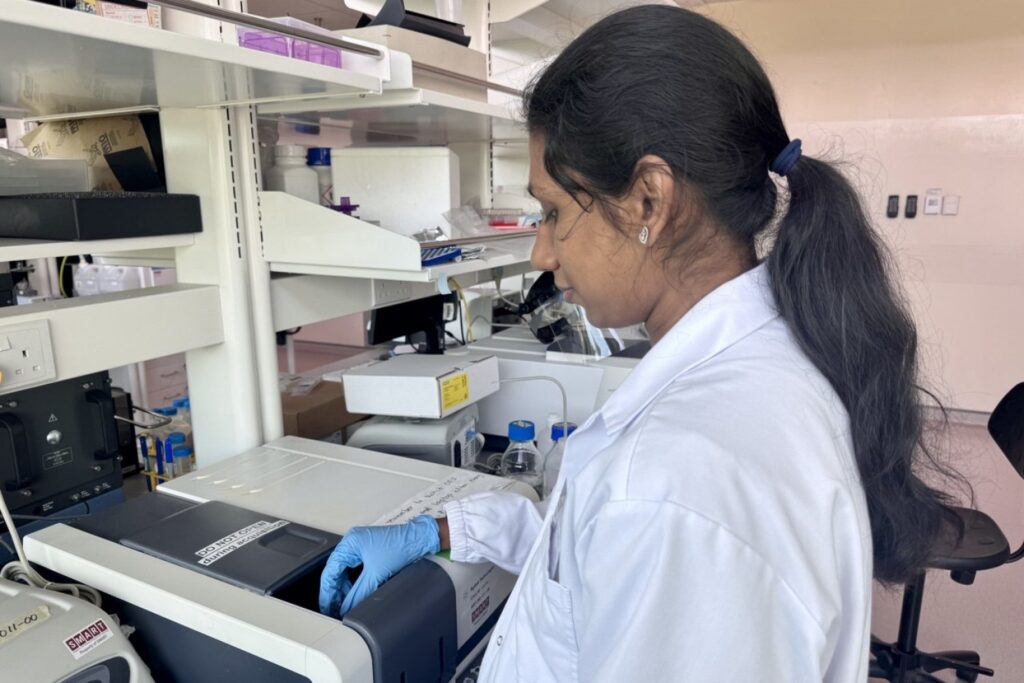Cell therapy represents a promising new frontier in medicine, especially in treating diseases such as cancers, inflammatory diseases, and chronic degenerative disorders by manipulating or replacing cells to restore function or fight disease. However, a major challenge in CTP manufacturing is quickly and effectively ensuring that cells are free from contamination before being administered to patients.
Existing sterility testing methods, based on microbiological methods, are labor-intensive and require up to 14 days to detect contamination, which could adversely affect critically ill patients who need immediate treatment. While advanced techniques such as rapid microbiological methods (RMMs) can reduce the testing period to seven days, they still require complex processes such as cell extraction and growth enrichment mediums, and they are highly dependent on skilled workers for procedures such as sample extraction, measurement, and analysis. This creates an urgent need for new methods that offer quicker outcomes without compromising the quality of CTPs, meet the patient-use timeline, and use a simple workflow that does not require additional preparation.
This method offers significant advantages over both traditional sterility tests and RMMs, as it eliminates the need for staining of cells to identify labelled organisms, avoids the invasive process of cell extraction, and delivers results in under half-an-hour. It provides an intuitive, rapid “yes/no” contamination assessment, facilitating automation of cell culture sampling with a simple workflow. Furthermore, the developed method does not require specialized equipment, resulting in lower costs.
“This rapid, label-free method is designed to be a preliminary step in the CTP manufacturing process as a form of continuous safety testing, which allows users to detect contamination early and implement timely corrective actions, including the use of RMMs only when possible contamination is detected. This approach saves costs, optimizes resource allocation, and ultimately accelerates the overall manufacturing timeline,” says Shruthi Pandi Chelvam, senior research engineer at SMART CAMP and first author of the paper.
“Traditionally, cell therapy manufacturing is labor-intensive and subject to operator variability. By introducing automation and machine learning, we hope to streamline cell therapy manufacturing and reduce the risk of contamination. Specifically, our method supports automated cell culture sampling at designated intervals to check for contamination, which reduces manual tasks such as sample extraction, measurement, and analysis. This enables cell cultures to be monitored continuously and contamination to be detected at early stages,” says Rajeev Ram, the Clarence J. LeBel Professor in Electrical Engineering and Computer Science at MIT, a principal investigator at SMART CAMP, and the corresponding author of the paper.
Moving forward, future research will focus on broadening the application of the method to encompass a wider range of microbial contaminants, specifically those representative of current good manufacturing practices environments and previously identified CTP contaminants. Additionally, the model’s robustness can be tested across more cell types apart from MSCs. Beyond cell therapy manufacturing, this method can also be applied to the food and beverage industry as part of microbial quality control testing to ensure food products meet safety standards.





